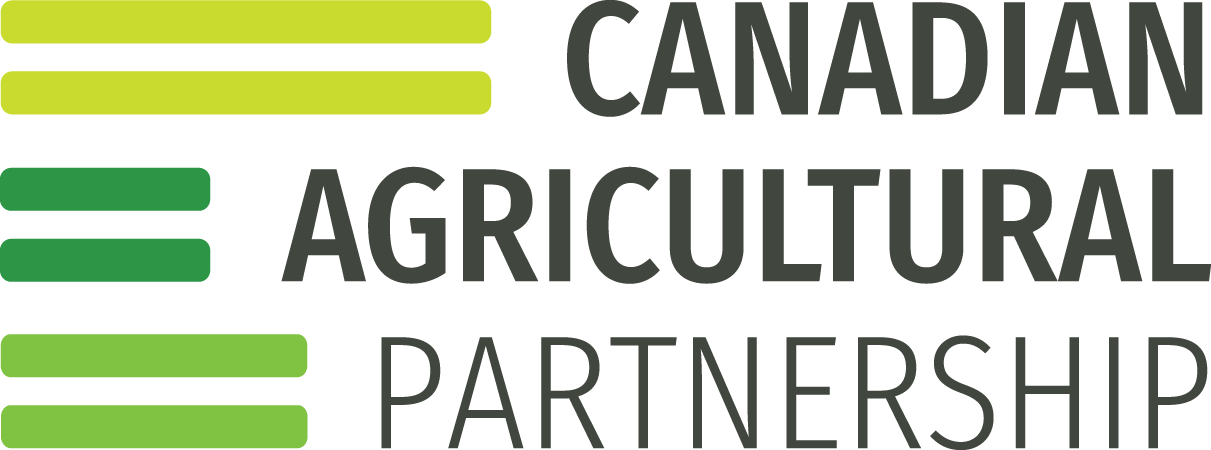Pork From Farm to Table
There are more than 7,000 hog farms across Canada that raise more than 25.5 million animals a year. About 31,000 people work in the pork industry, from farmers to processors to inspectors.
Most pigs in Canada live in barns that are designed to provide them with the ideal environment. As well as protecting against extreme hot and cold weather, barns also keep out predators and disease. Farmers also protect their animals from disease by following strict biosecurity procedures such as restricting visitors and traffic to the farms, showering before entering barns and maintaining a clean environment for the pigs. These high health measures reduce illness, resulting in healthier pigs and a safer food supply.
The overall health and well-being of the animals is very important right through the journey from farm to table. Canada’s Pig Code of Practice outlines protocols for animal care, housing and transportation.
The production of pork moves through the following stages:
Breeding Barn
A male pig that sires piglets is called a boar. Nowadays, most farmers breed female pigs by artificial insemination (AI), a technique that does not require direct contact with a boar. This helps to produce healthier litters and prevent injury. Boars can be quite aggressive towards other animals and need to be penned individually, but they are kept on the farm to help stimulate and detect estrus (or heat) in female pigs. Until they have their first litter, young female pigs are called gilts. Once they give birth, pigs are called sows.
Gilts are ready for breeding at 6 to 7 months of age. During the first trimester, pregnant pigs are especially susceptible to miscarriage. To protect and care for them, farmers usually keep gilts and sows in individual pens within the breeding barn for 4-5 weeks. During this time, farmers check pregnancy using ultrasound equipment. If the female pigs are not pregnant, they stay in the breeding barn. If they are pregnant, they are moved to the gestation barn.
Gestation Barn
A sow’s gestation (pregnancy) lasts about 115 days. During this time, farmers focus on reducing sows’ stress.
Individual maternity pens can be used to house sows during pregnancy, to reduce the natural aggression among sows that can result in serious injuries. These pens also help keep sows clean and healthy, and provide for individual feeding and care. However, this type of system limits the sows’ movement and ability to socialize to some degree. Group maternity pens are another type of indoor housing system. They offer sows more freedom of movement and opportunities for social interaction, but do increase the risk of fighting.
Pigs are naturally playful and curious. Did you know that farmers try to enrich pigs’ lives by providing items for the pigs to chew and play with, interacting with the pigs and allowing them to interact with one another? Some farmers also play music in their barns and alternate the type of feed.
Farrowing Barn
The process of birthing a litter of pigs is called farrowing. Sows are moved to the farrowing barn a few days before their expected due date. Farmers constantly monitor the barn and assist sows or piglets that are having difficulties.
Depending on their age, sows will usually deliver 8 to 16 piglets, weighing about 1 kg (2.2 lb) each. Comparatively, the mother pig weighs between 180-300 kg (400-650 lb), making her up to 300 times heavier than her piglets! Farrowing pens are designed with adjustable rails to prevent the sow from lying down too quickly and crushing her piglets. They also have built-in creep areas to which the piglets can retreat. Heating pads and heat lamps help keep the piglets warm.
Newborn piglets will start nursing from their mother within a few hours of birth. The milk produced by the sow on the first day, is very rich in colostrum, nutrients and antibodies necessary to strengthen the piglets’ immune system. Farmers ensure that all piglets have access to their mother’s milk during their whole suckling phase, which lasts about 3-4 weeks.
Nursery Barn
Once piglets are weaned, they move to the nursery barn where they are housed with pigs of the same size and age. Here, weanlings are provided with fresh water and feed at all times. Farmers walk through the nursery pens routinely to make sure the pigs are eating regularly and adjusting well. To ensure weanling comfort, the nursery is kept very warm, at 24-30˚C (75-86˚F). Weanlings are protected from drafts, while fresh air circulates through the barn.
These group pens can contain as few as 10 or as many as 300 pigs! This is the first time a pig gets to socialize with pigs from other litters. Their social interactions can include playing, nosing, chewing and fighting. When the pigs are first put together, they will fight a little among themselves to figure out which pigs are in charge in the pens. This is normal behaviour for pigs. Once they get their “pecking order” sorted out, fighting diminishes. Farmers often provide pigs with some enrichment to keep them occupied and minimize opportunities for destructive behaviour.
Weanlings remain in the nursery barn for 5 to 8 weeks. During this time, they will grow from about 6 kg (13 lb) up to about 26-30 kg (57-66 lb).
Feeder Barn
After leaving the nursery barn, pigs are moved to the feeder barn for 3 to 4 months until they reach market weight. Pigs destined for market represent over 95% of all pigs born. These pigs are raised together in open, group pens for their entire lives.
Feeder pigs choose how much to eat and usually consume 2 to 3 kg (4.4 to 6.6 lb) of feed daily. Farmers feed pigs a grain-based diet. Crops such as barley, wheat and corn provide pigs with energy, while soybeans and canola meal supply protein. Farmers add vitamins and minerals to the feed of newly-weaned pigs for optimum nutrition. Clean, fresh water is an essential part of a pig’s diet.
Breeding Stock
Farmers select the pigs with the best genetics and most desirable traits to stay on the farm to add to their herd or replace existing pigs.
Transporting
When hogs reach a weight of 180 kgs, they are ready for market. They are transported in large, specially designed trucks with ample space and ventilation. There are strict rules for animal transport in Canada. Drivers who transport hogs to federally inspected processing facilities must receive specialized animal handling training and undergo an examination process before being certified to haul.
Market
Inspectors at the meat processing plant will fully inspect animals to ensure they were transported properly with no injuries or stress and that there is no signs of illness. Animals are quickly and humanely euthanized. Processors must follow strict provincial and federal regulations for processing and handling animals.
Farmers, veterinarians, livestock nutritionists, transporters, processors, inspectors and retailers are all committed to high standards of food production and safety at every level of the pork value chain. It’s easy to see why Canada is known around the world for its high-quality pork!
What about all the Poop?
Manure Matters! Since their feed isn’t rationed, feeder pigs collectively produce more manure than any other age class. Farmers collect manure in holding pits beneath the barn and routinely transfer it to outdoor storage facilities. Since hog manure is prized as a valuable organic fertilizer and soil conditioner, grain farmers incorporate it into their fields to help crops grow.
The field trial on the left has been injected with hog manure.
This is done in a sustainable manner, through the farmer’s ability to calculate the precise application rates needed for different crops and ensure optimum yields. All hog farms with 300 or more animals must have a provincially approved manure management plan in place on their farms. This “nutrient cycle” allows both the hog farmer and neighbouring grain farmer to benefit from this natural fertilizer resource.
This article was developed in conjunction with Farm & Food Care SK with support from:



















